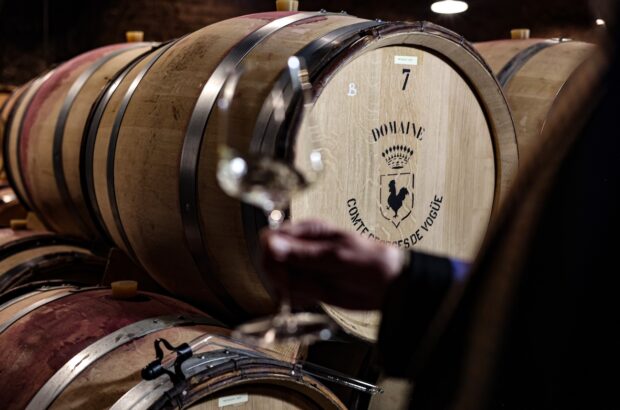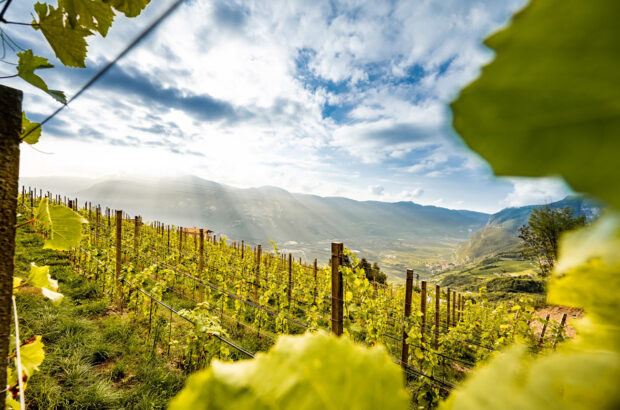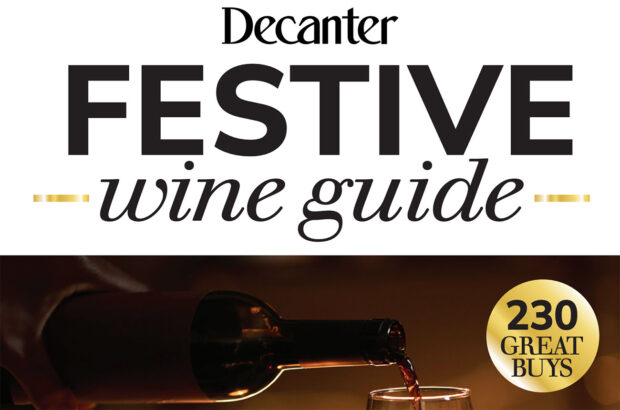Robert Wheatcroft, sales director, Morris & Verdin
The 2001 Burgundy vintage produced delicious wines that will drink fairly early on. The reds aren’t blockbusters, but they have a beautiful balance and fantastic, bright fruit. The Côtes Chalonnaises, in particular, are just stunning – their acidity seems to be far livelier than was the case in 2000. The whites had less sugar in 2001 than they did in 2000, but the phenolic ripeness was more complete in many cases. There’s a tightness to them at the moment that should develop into juiciness, but they also have a minerality to them that I like.
Richard Berkley-Matthews, buyer, John Armit Wines
As usual, it’s difficult to generalise in Burgundy: it has good growers and bad rather than good vintages and bad. There’s no doubt that 2001 wasn’t an easy vintage: many of our growers told us it was made in the cellars rather than in the vineyard. I think that, when it comes to reds, the Côte de Nuits probably outperformed the Côte de Beaune, which is more austere – at least at this stage. Pommard and Volnay, in particular, were badly affected by hail. The 99s and the 2000s were so charming when they were young – this vintage has more tannins, so that it comes as a bit of a shock, but I think they’ll soften in time.
Charles Lea, director, Lea & Sandeman
My overall impression is that the good domaines have made another classic vintage but some white growers, particularly those who sell to negociants, have shown a tendency to over-production, resulting in fragile wine that may not age terribly well. Chablis seems relatively weak all over but, when it comes to reds, it’s pretty clear that the northern Côte de Nuits is consistently pretty good. There’s already a danger that 2002 will be overhyped and 2001 will be overlooked, but in my opinion the northern Côte de Nuits may end up being better balanced in 2001 than they will be in 2002.
Christian Honorez, buying director, H&H Bancroft
In terms of overall quality, I’d say that 2001 is not a memorable, blockbuster vintage, but there are some very well-made, well-balanced wines out there. I think the Côte de Beaune reds are quite a lot better than 2000 – the wines have structure and substance, although one could almost drink them now. Further north, Vosne did particularly well while Gevry is a bit more hit and miss. All in all, 2001 is nothing to be ashamed of – and people don’t have to commit themselves to long-term cellaring as the wines are for consumption fairly soon. To sum up, the prices are stable, with hardly any rises on the previous year, and I think the quality is an improvement.
Iain Muggoch, fine wine buyer, Bibendum
This is a very good vintage, but it falls short of being a classic. It’s incredibly grower-selective – you have to know your stuff in 2001. There are some stunningly clean wines in the Côte de Nuits, with beautiful, pure Pinot flavours, but the reds in the Côte de Beaune had a few troubles, particularly in Volnay. From Pommard up, it’s outstanding – much more structured than 2000, far less ‘Hollywood’. The whites are fresh and clean, for medium- to short-term drinking. In fact, you could say that will the 2000 whites need ageing, you can drink the 2001s in the interim and it’s the reverse for reds.
Philippe Prost, maitre de chai, Bouchard Pere et Fils
In terms of the Côte de Beaune whites, this is a vintage with a streak of broad acidity, but this is an area where the whites need that to express themselves. Those who don’t like acidity in their whites won’t be happy with the vintage; but this is Burgundy and thank goodness we have a nice acidity in the wines to help them age. The northern Côte d’Or reds are very fruity, structured and balanced, but moving south it’s clear that, in some cases, the wines are rather dilute. The well-made wines have a pleasant acidity and soft tannins and are very accessible.
David Delaye, winemaker, La Chablisienne
2001 was a really difficult vintage for Chablis and many growers ended up with grapes that were rotten or too unripe after a very rainy September. These were hardly optimum conditions, so vinification was tricky for everyone. In our case we had a pleasant surprise when we came to taste the end product – they’ve got good fruit and are very crunchy. In general, these are not wines to cellar but are for more immediate drinking pleasure, although the top terroirs produced wines with greater depth. Those crus that usually need a bit of time to evolve are very forward this year, and 2002 has far greater potential.
Frederic Drouhin, Joseph Drouhin
This was very much a winemakers’ year in Chablis because of the problematic weather at harvest-time. In the best examples, the result has been very pure, dry, minerally wines with a twist of citrus aromas. The reds in the Côte de Nuits had more colour than they did the previous year and they’re also more structured and won’t be ready to drink for at least two or three years. Moving south, the quality of the reds has been variable, although this was not the winemakers’ fault, more a factor of the weather. I like the whites a lot – they’re full of fresh, lively aromas. All up this is a good rather than a great vintage. Buyers need to either trust their merchants or do their research.
Olivier Lamy, winegrower/maker, Domaine Hubert Lamy
We’re in the southern Côte de Beaune here and had a changeable year in the appellation – it took a bit more work than usual to achieve the right balance in the wines. The best of the whites are rich but also have a pleasing freshness – they’ll need time to evolve because they’re a bit higher in acidity than usual. The reds have a nice colour and structure. Initially the tannins were a bit hard, but they’re starting to soften, although I’d say that this is a vintage that will need around three to five years to evolve fully.
Pascal Marchand, winemaker, Domaine de la Vougeraie
This wasn’t an easy vintage, particularly in the Côte de Nuits, and finding the right balance was tricky. In the end, though, we’re happy with the wines we’ve made – and so, I’m glad to say, are the critics and buyers. It’s a classic, structured vintage, with weight, relatively high tannins and a lot of definition and concentration. The vintages between 1998 to 2000 gave us ripe wines that give a lot of pleasure in their youth – in contrast, this vintage will need to be cellared for at least four or five years to give of its best.
Written by






